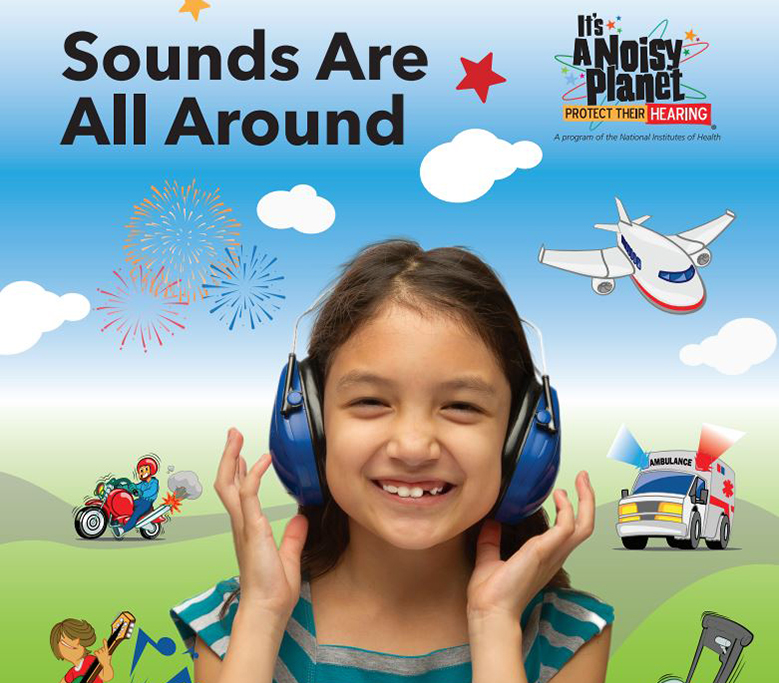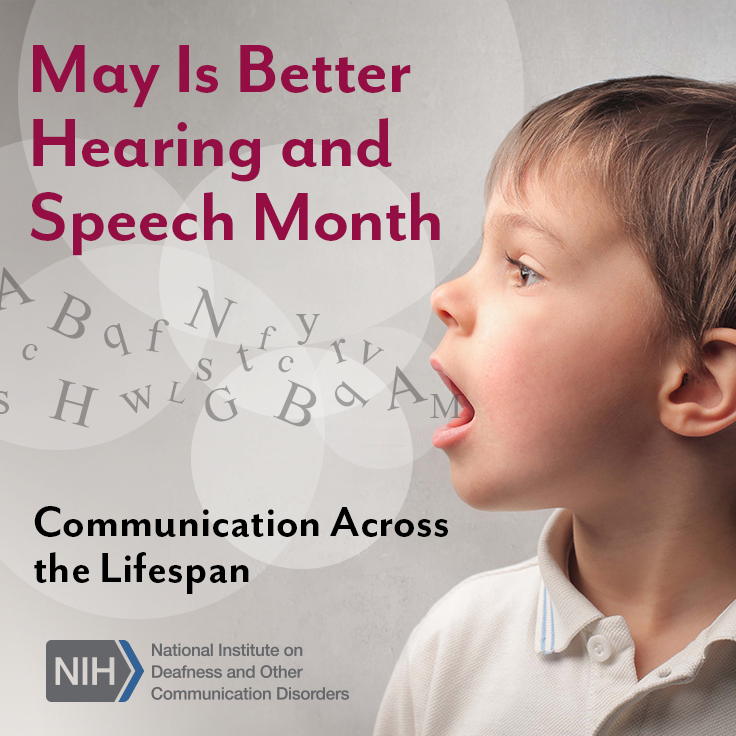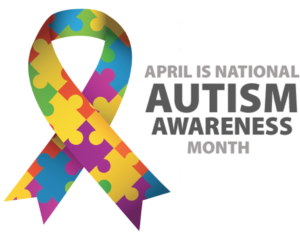After our eyes, the most important sensory organ is our ears, thus hearing loss has significant consequences. In most cases, hearing loss is age-related. However, it can also be triggered by loud noises or infections, or may be hereditary.
Hearing loss may occur very suddenly, although in most cases it is gradual, and so you only become aware of it as it progresses. Fortunately, in most cases impaired hearing can be improved, or even fully corrected, either by using a proper hearing protection device or by using a hearing aid.
First signs of Hearing Loss
Hearing loss rarely occurs all of a sudden. It usually develops gradually, over a long period of time – and is therefore imperceptible at first. This is because those affected gradually get used to the onset of hearing loss. Because the brain can compensate for the hearing deficiencies for a long time, there are few disadvantages in everyday life during the first phase.

But from a certain point, hearing loss can no longer be readily compensated for. Often, this is noticed by family and friends of the affected person long before they themselves realize they cannot hear normally. Hearing loss can have an impact on your daily life either socially and recreationally. With an already noisy world we have started to see hearing loss grow in the workplace as well. Solutions like a custom hearing protection device such as dB Blockers has grown in popularity amongst individuals and employers. Learn more.
Long Term Affects of Hearing Loss
Even those affected by hearing loss who know that they can no longer hear perfectly often still do nothing for a long time. Using the argument “It’s still OK!”, they put off a hearing test with an audiologist or ENT doctor. This is because being aware of your own hearing loss is one thing, but acknowledging it is not so easy.

The problem is that if you wait too long, you risk serious consequences. Researchers have found that after about seven years, our brains simply lose the ability to hear certain sounds.
If you can hear these sounds again with a hearing aid, they may no longer be correctly interpreted, and are therefore often perceived as excessively loud and unpleasant – even if it’s something as harmless as the rustling of leaves or a friendly conversation next door.
The following three questions may help you find out if you have hearing loss:
- Do you hear low background noise excessively loudly?
- Do you have the TV on very loud?
- Do you find conversations stressful?
To Learn more about hearing loss contact your local Audiologist. Also check out our resources page.
Source:https://www.connecthearing.ca/hearing-loss/









 To the right is a sample of non scientific measurements made at a major fireworks show, with 9 measurements made during this large audience display. The range of measurement duration was between 52 seconds and 19 minutes, with some measurements of an entire display (#5) and some much shorter with just a single rocket (#9). Distance from the sound source was not specified. A summary of the overall data follows{{1}}[[1]]Tingay, J. Noise levels from fireworks – a very unscientific measurement, Noise News, November 2011[[1]]:
To the right is a sample of non scientific measurements made at a major fireworks show, with 9 measurements made during this large audience display. The range of measurement duration was between 52 seconds and 19 minutes, with some measurements of an entire display (#5) and some much shorter with just a single rocket (#9). Distance from the sound source was not specified. A summary of the overall data follows{{1}}[[1]]Tingay, J. Noise levels from fireworks – a very unscientific measurement, Noise News, November 2011[[1]]:
 Wear earplugs or headphones/earmuffs to protect hearing, especially that of children. For children, ear protection can have an additional advantage – the child will be less frightened by the loud sounds. Multiple styles of hearing protection are readily available at any sport shop or from a hearing professional, but for children, headphones may be the best choice because they are more likely to remain in place.
Wear earplugs or headphones/earmuffs to protect hearing, especially that of children. For children, ear protection can have an additional advantage – the child will be less frightened by the loud sounds. Multiple styles of hearing protection are readily available at any sport shop or from a hearing professional, but for children, headphones may be the best choice because they are more likely to remain in place.




 What is obvious to one person may not be obvious to another, according to Bethany Graves (Watson), a consultant specializing in occupational safety based out of Jefferson City.
What is obvious to one person may not be obvious to another, according to Bethany Graves (Watson), a consultant specializing in occupational safety based out of Jefferson City. 

 April is World Autism Month, an annual opportunity for a dedicated conversation about autism spectrum disorder. Autism touches more than 70 million people globally. Approximately 1 in 66 children and youth are diagnosed with Autism Spectrum Disorder in Canada and this number continues to grow.
April is World Autism Month, an annual opportunity for a dedicated conversation about autism spectrum disorder. Autism touches more than 70 million people globally. Approximately 1 in 66 children and youth are diagnosed with Autism Spectrum Disorder in Canada and this number continues to grow.




